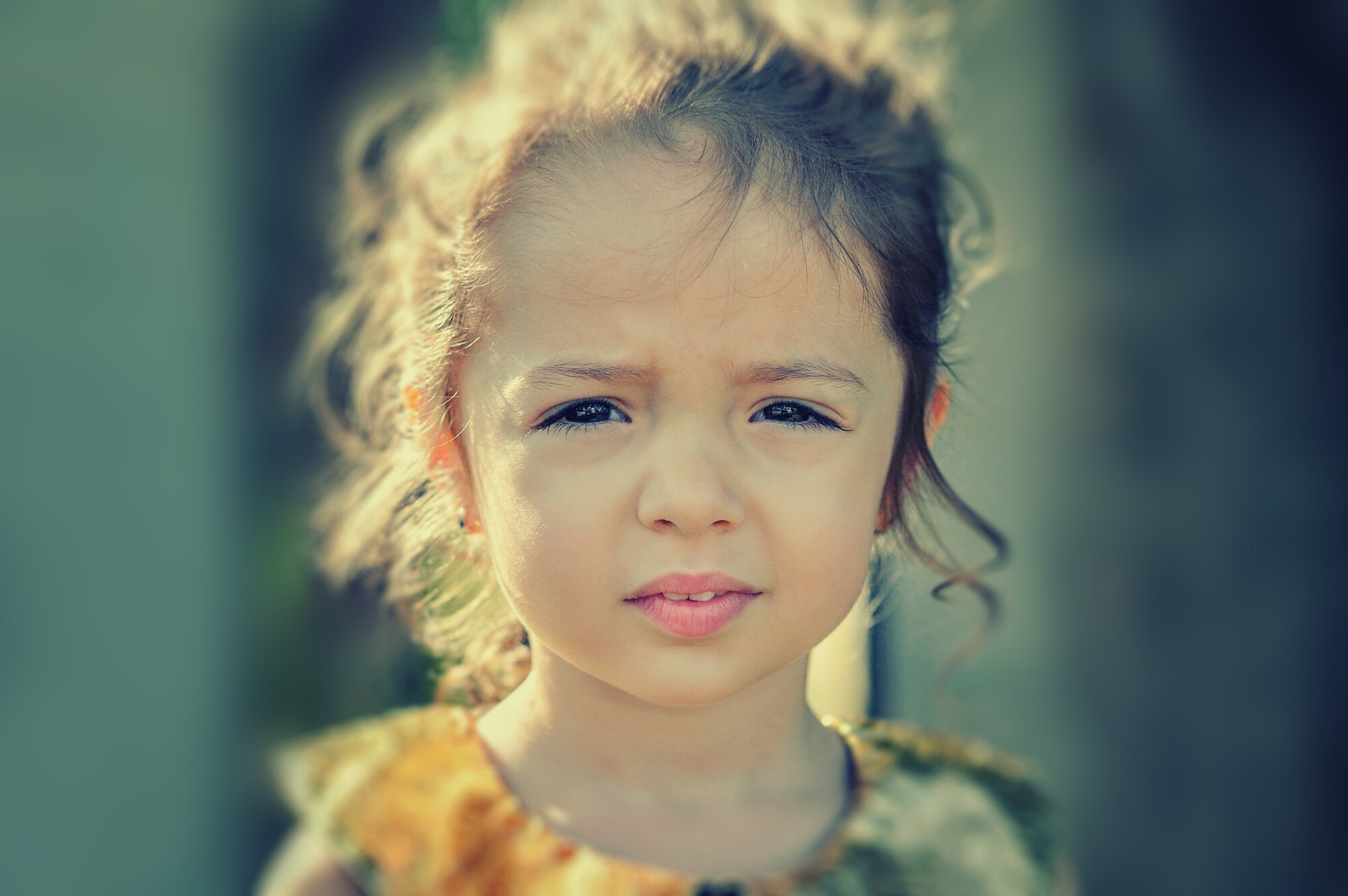The Ultimate List of Adverse Childhood Experiences
Have you heard of the ACE score? What does that mean, anyway?
ACE stands for Adverse Childhood Experience(s). These experiences are things that happen in childhood that could be traumatic enough to continue causing problems in the future.
It's common for certain situations to trigger adult issues with mental and physical health.
We're here with a brief list of adverse childhood experiences and to talk about what it means to have a high ACE score. Read on to learn more.
Adverse Childhood Experiences: What Are They?
So what is an adverse childhood experience anyway?
An adverse childhood experience is an experience that has the potential to be traumatic that happens during someone's childhood. It's possible that the child is not traumatized by the event, but it will still contribute to their ACE score.
Adverse childhood experiences can lead to future physical and mental health problems, though this isn't always true. People who specialize in childhood psychology use ACE scores to get a basic idea of a child's current condition and figure out how to help them.

Basic List of Adverse Childhood Experiences
The list of adverse childhood experiences is not all-inclusive. There are plenty of childhood experiences that could be traumatizing, even if they aren't specifically labeled on the list.
For example, children who experience racism or homophobia during their childhood can be traumatized by that experience, but it isn't technically part of the list.
Children who experience the death of a loved one or a parent disappearing from the household could end up with trauma from that experience. If you feel as though you experienced childhood trauma and your situation is not on the list, remember that your feelings are still valid.
Psychologists break the ACE list down into three categories:
- Abuse
- Neglect
- Household dysfunction
Here are the types of adverse childhood experiences that go into each category.
Abuse
Did you know that one out of seven childrenhas experienced childhood abuse or neglect over the past year?
When many people think of child abuse, they only consider physical abuse. While physical abuse is one of the contributors to a child's ACE score, it isn't the only one.
Physical abuse can be striking, smacking, or otherwise physically harming a child in a non-sexual way.
Sexual abuse relates to childhood rape or molestation. "Inappropriate touching" is the most common form of childhood sexual abuse. It's often done by a family member of the child, and it's common for it to go unnoticed.
Emotional abuse gets the least amount of attention. Frequent yelling, discouraging, or otherwise emotionally harming the child all fall under this category.
Neglect
Neglect is harder to pinpoint. Often, childhood neglect is unintentional. This does not make it less stressful or traumatic for the child.
Childhood neglect can be physical or emotional.
Physical neglect means that the child isn't getting everything that they need to thrive in their home. They may not be clean, they may have tattered clothing, and they may go to bed hungry more often than not.
Emotional neglect is more sinister. Children who experience emotional neglect may not get enough attention from their parents (either intentionally or not). They may experience "the silent treatment" or other methods of emotional detachment.
Household Dysfunction
Household dysfunction has more categories than the other two types of adverse childhood experiences. They break down into:
- Household substance abuse
- Household mental illness
- Abuse of the mother
- Family incarceration
- Divorce
These are all things that can happen outside of the child's control, and that won't happen directly to the child. They still can cause trauma.
If, for example, a parent who abused the mother used drugs and went to prison before they divorced the other mother, that would be five points on the ACE score (mental illness, drug abuse, incarceration, violence toward the mother, and divorce).
What Is an ACE Score?
An ACE score is the number of "points" that a child (or adult who is taking the test) accumulates based on the types of adverse childhood experiences that they'd had.
The score goes from 0-10. 0 is a "good" score while 10 is a "bad" score. The test is not a perfect option for determining levels of childhood trauma as it will only measure each event once and it doesn't measure good experiences that could balance out the bad ones in adulthood.
What Results from a Low ACE Score?
Having a low ACE score is a warning sign. It means that a child (or adult who experienced childhood trauma) may be more susceptible to certain problems and behaviors. It is not a clear indicator that the child or adult willhave these problems for certain.
People with lower ACE scores are more likely to experience substance abuse struggles, obesity (or eating disorders), and trouble with smoking cigarettes.
They may be more likely to have heart disease, cancer, stroke, broken bones, and several other physical health conditions. This is likely due to the pressure that stress puts on the body as well as environmental factors from the person's childhood home.
It's more common for people with low ACE scores to struggle with poor mental health. They may experience anxiety, depression, trauma-based disorders, and personality disorders.
Help for Children With Mental Health Struggles
If you or a child in your life has a high ACE score, it's beneficial to seek out professional mental health help. Various types of therapy, such as cognitive-behavioral therapy and EMDR therapy show fantastic results.
It's challenging to go through mental health struggles alone. A qualified therapist will help you or your child work through their experiences so that they can overcome them.
If you're looking for mental health providers in Miami-Dade county, we want to help you. Browse our directoryto find your ideal match today.